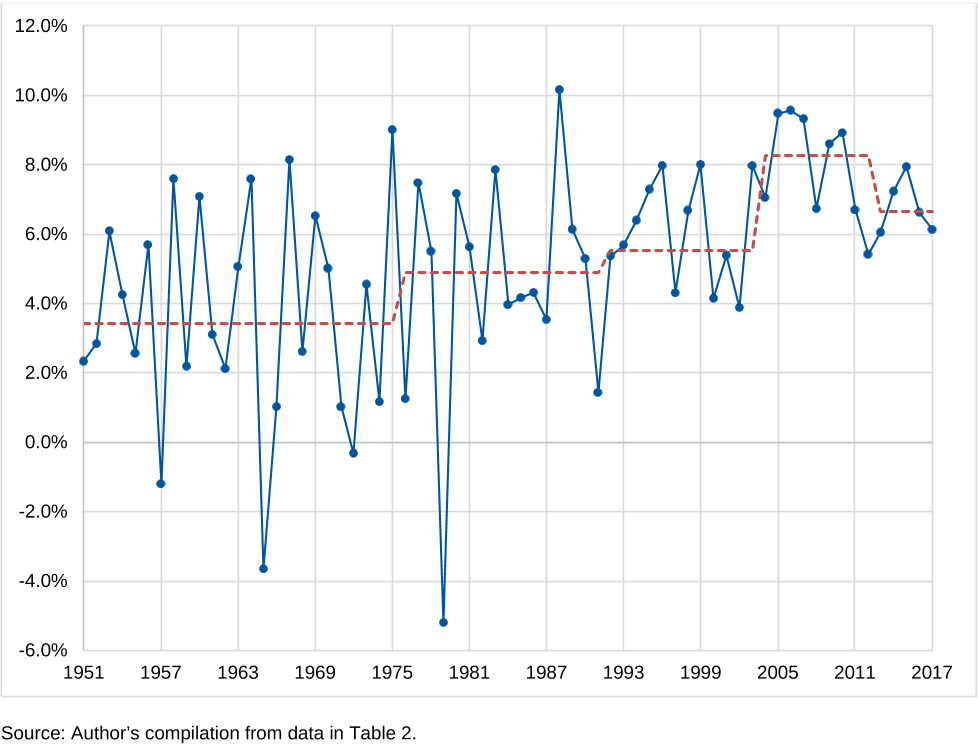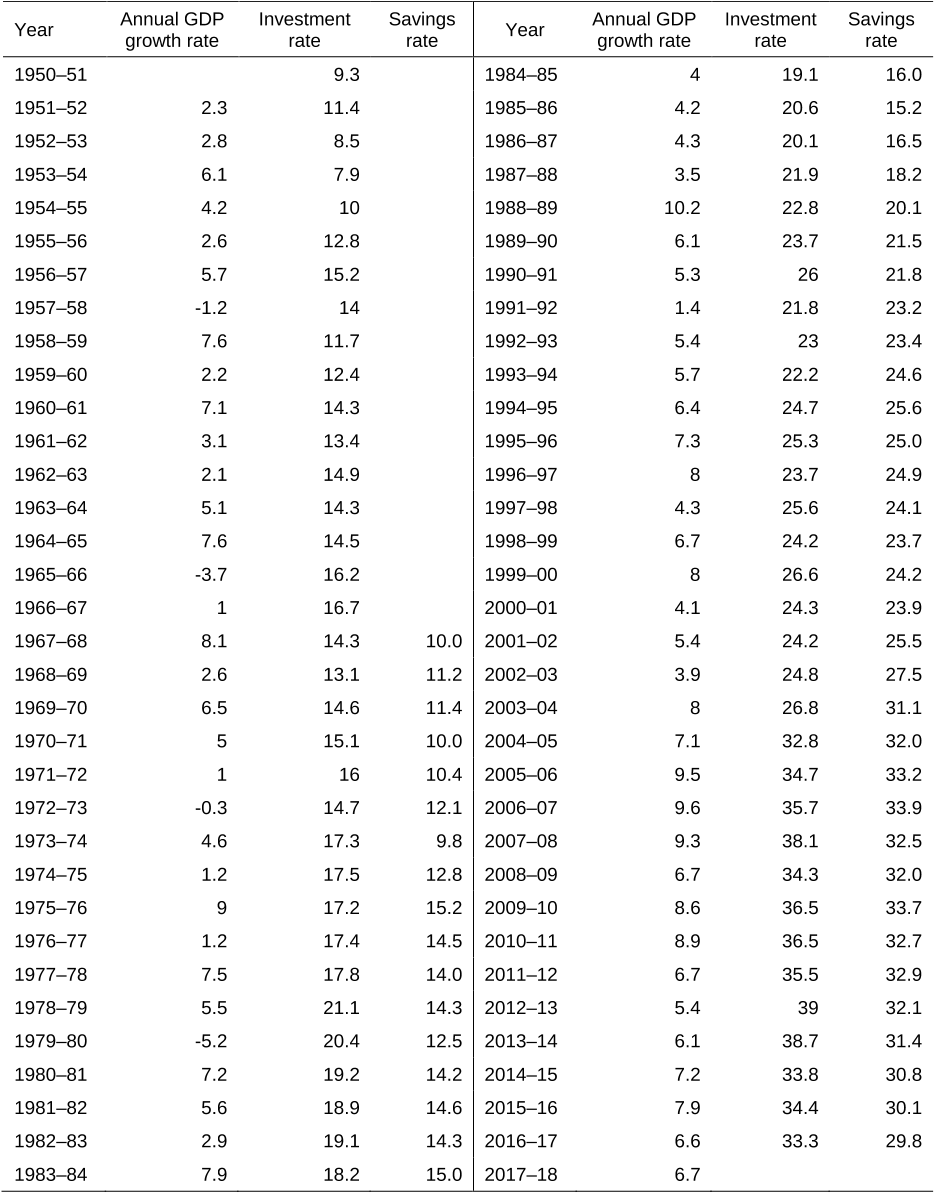




Did you find this useful? Give us your feedback














26 citations
26 citations
6 citations
...…spectrum from almost unrestricted openness in Singapore, through moderated openness in Indonesia, Malaysia, the Philippines, Thailand, and Turkey, or calibrated also discuss the role of the state—see Lin (2018), Basu (2018), Timmer (2018), Tarp (2018), Wade (2018), Montes (2018), and Osmani (2018)....
[...]
...18 See Lin (2018), Basu (2018), Timmer (2018), Tarp (2018), Wade (2018), Montes (2018), and Osmani (2018)....
[...]
4 citations
45 citations
...Nayyar (2006) in his Kingsley Martin lecture at Cambridge University in fact identifies 1951 and 1980 as the two turning points in India’s growth in the 20th century....
[...]
44 citations
...In terms of child malnutrition, for example, India has performed markedly less well than Viet Nam (Ray 2008), showing that the spoils of growth may not have been shared well at all....
[...]
...The economies growing at the fastest rates in 2016–17 are Bangladesh, with a growth rate of 7.3 per cent, followed by China (6.9 per cent), Viet Nam (6.8 per cent), Philippines (6.7), and India (6.6) (Table 2)....
[...]
41 citations
...The measurement of inequality is of course a vexing problem, the classic work being that of Sen (1977).(6) The Gini coefficient of income or consumption inequality is high but there are other measures, based on wealth and the tracking of the difference between the super-rich and the median person....
[...]
37 citations
...Some observers of India’s political economy have argued that, despite this rhetoric, in practice, India drifted to ‘neo-liberalism’ (Kohli 2012)....
[...]
26 citations
...7 For a comprehensive stocktaking and novel ideas, see Agarwal (2009) and Patra et al. (2017)....
[...]
...7 For a comprehensive stocktaking and novel ideas, see Agarwal (2009) and Patra et al....
[...]
11 For an innovative scheme of corruption control which does not involve the government but entails self-enforcing contracts among private sector firms and corporations, see Dixit (2015).sanctions—both carrots and sticks—in creating greater work discipline among teachers.
As has been emphasized by Narayana Murthy (2004), the reforms were critically important because they cut down government bureaucracy and enabled speed in a sector that depends on that.
For this, work is needed in two areas that have already been mentioned: namely, creating better infrastructure and cutting down bureaucracy.
The oil price shock of 1973 affected the whole world; and this was also, for many countries, the time to jettison the old exchange rate regime in favour of a more flexible one.
Its mark on economics occurred because what Myrdal was attempting, admittedly in an inchoate way, amounted to an early precursor of both New Institutional Economics and Behavioural Economics.
While in itself caste is a deplorable inheritance—and, at least in speech, most founding political leaders of India spoke out against it—it has been argued by some that the castes have played a role in nurturing India’s democracy by providing focal points of coalition and political mobilization for disadvantaged groups (see Varshney 2013).
There is also the problem of nations with a complex history of law-making, such as India9, where there has been such a build-up of layers of law and custom that it is now virtually impossible to avoid violating the law.